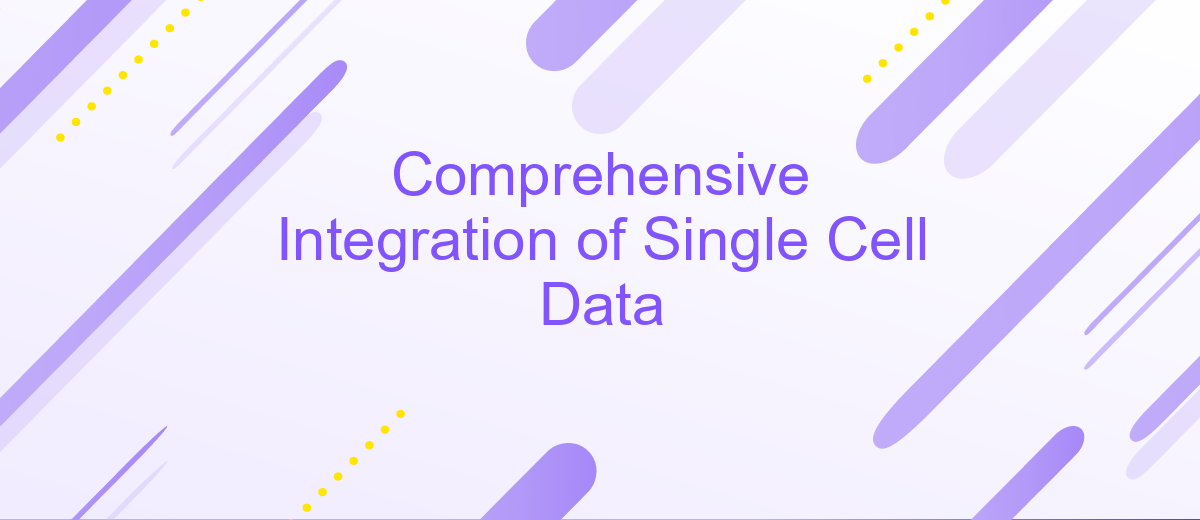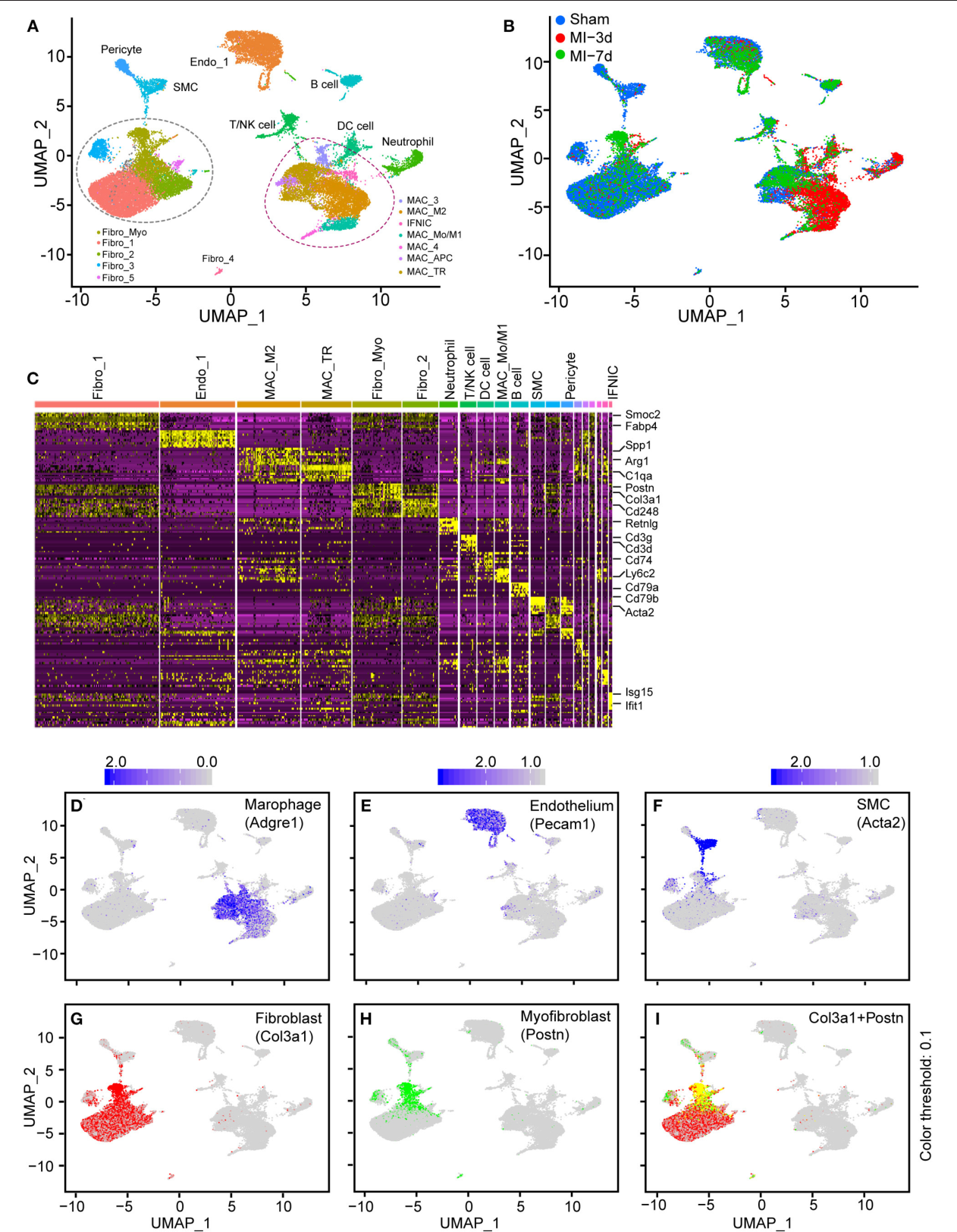Comprehensive Integration Of Single Cell Data

The burgeoning field of single-cell biology is witnessing a significant shift towards comprehensive data integration, promising to revolutionize our understanding of cellular diversity and function. Scientists are now actively developing and employing sophisticated computational tools and strategies to combine disparate single-cell datasets, opening up unprecedented opportunities for biological discovery and translational research.
This move toward integration, driven by the exponential growth of single-cell sequencing technologies, aims to overcome the limitations of analyzing individual datasets in isolation. By harmonizing information from different experiments, platforms, and even species, researchers can gain a more holistic view of cellular processes and their role in health and disease.
The Rise of Single-Cell Data Integration
Single-cell technologies, such as single-cell RNA sequencing (scRNA-seq), have enabled researchers to profile the molecular characteristics of individual cells within complex tissues and organs. These technologies have generated vast amounts of data, revealing the remarkable heterogeneity that exists even within seemingly homogenous cell populations.
However, the analysis of single-cell data is often challenged by technical noise, batch effects, and the inherent complexity of biological systems. Data integration offers a powerful solution by allowing researchers to combine information from multiple datasets, effectively increasing statistical power and reducing the impact of confounding factors.
What is Single-Cell Data Integration? Essentially, it refers to the computational process of merging and analyzing data obtained from various single-cell experiments. It leverages algorithms to identify shared cell types, correct for technical variations, and generate a unified representation of cellular states.
Key Players and Initiatives
Several research groups and consortia are leading the charge in developing and applying single-cell data integration techniques. The Human Cell Atlas, a global initiative to map all human cells, relies heavily on data integration to build a comprehensive reference of cellular diversity across tissues and organs.
Organizations like the Broad Institute and the Chan Zuckerberg Initiative are also investing heavily in the development of open-source software and computational tools for single-cell data analysis, further accelerating the field.
Academic institutions are also making significant contributions. For example, researchers at Harvard University have developed innovative algorithms for aligning single-cell datasets and identifying novel cell types, and MIT is developing platforms for multi-omics integration, combining information from genomics, transcriptomics, and proteomics at the single-cell level.
Methods and Approaches
A variety of computational methods are being used for single-cell data integration, each with its own strengths and limitations. These methods can be broadly categorized into supervised and unsupervised approaches.
Supervised methods rely on prior knowledge of cell types or marker genes to guide the integration process. Unsupervised methods, on the other hand, aim to discover patterns and relationships in the data without relying on pre-defined labels.
Common techniques include: Dimensionality Reduction (PCA, t-SNE, UMAP), Batch Correction (ComBat, Harmony), and Similarity-Based Integration (Seurat, Scanorama). These methods are implemented in accessible software packages enabling researchers without strong computational backgrounds to participate.
Impact and Applications
The comprehensive integration of single-cell data holds tremendous potential for advancing our understanding of biology and medicine. It allows researchers to address previously intractable questions about cellular heterogeneity, development, and disease.
In cancer research, data integration is being used to identify rare cancer cell subpopulations, understand mechanisms of drug resistance, and develop personalized therapies. In immunology, it is helping to unravel the complexity of the immune system and identify new targets for immunotherapy.
Furthermore, data integration is facilitating the development of more accurate and predictive models of biological systems. By combining data from multiple sources, researchers can build comprehensive maps of cellular interactions and signaling pathways, providing insights into the fundamental principles of life.
A Human Angle
Consider the story of a child diagnosed with a rare genetic disorder. Through single-cell data integration, researchers can compare the child's cells to those of healthy individuals and identify the specific cellular pathways that are disrupted by the genetic mutation.
This information can then be used to develop targeted therapies that address the underlying cause of the disease, potentially improving the child's quality of life and long-term prognosis.
This highlights the immense potential of single-cell data integration to improve the lives of patients and families affected by a wide range of diseases.
Challenges and Future Directions
Despite the progress made in recent years, several challenges remain in the field of single-cell data integration. One major challenge is the development of methods that can effectively handle large and complex datasets. As the volume of single-cell data continues to grow, more efficient and scalable algorithms are needed.
Another challenge is the development of methods that can integrate data from different single-cell modalities, such as genomics, transcriptomics, and proteomics. Multi-omics integration has the potential to provide a more comprehensive view of cellular processes, but it also presents significant computational challenges.
Looking ahead, the field of single-cell data integration is poised for continued growth and innovation. As new technologies and computational methods emerge, we can expect to see even more sophisticated and powerful approaches for analyzing single-cell data.
Ultimately, the goal is to create a comprehensive and integrated map of all cells in the human body, which will revolutionize our understanding of biology and medicine.


















